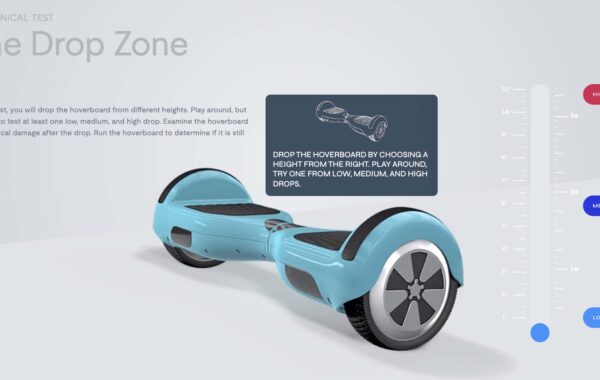Overview
The above footage is provided courtesy of UL Research Institute’s Fire Safety Research Institute (FSRI). It depicts their actual research quantifying the hazards of thermal runaway in lithium-ion battery-powered e-mobility devices.
What do you notice when you observe this experiment? What do you wonder? How can we prevent this from happening?
Welcome to the Science of Thermal Runaway. We’re here to engineer solutions. To do that, first we must learn more about the problems themselves.








